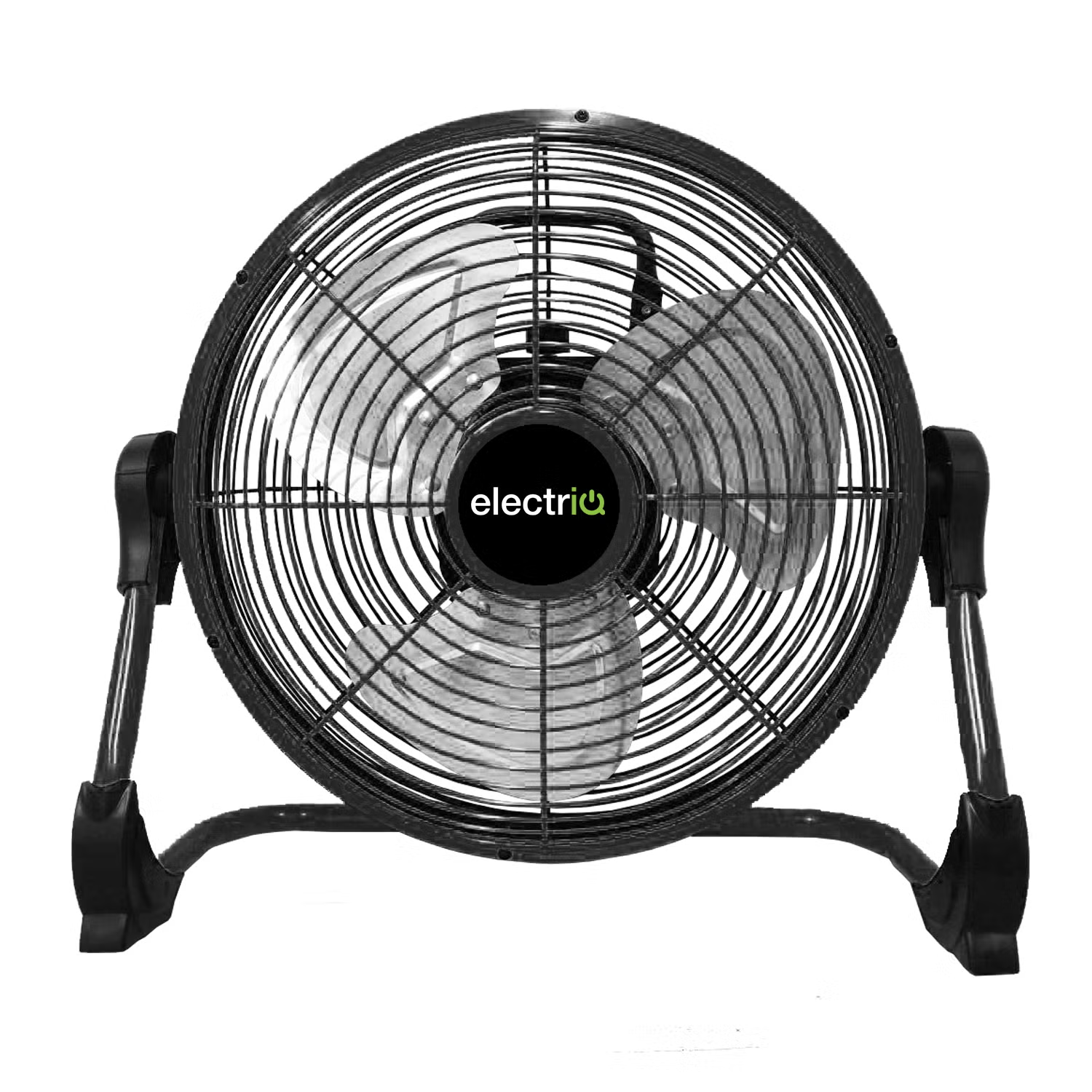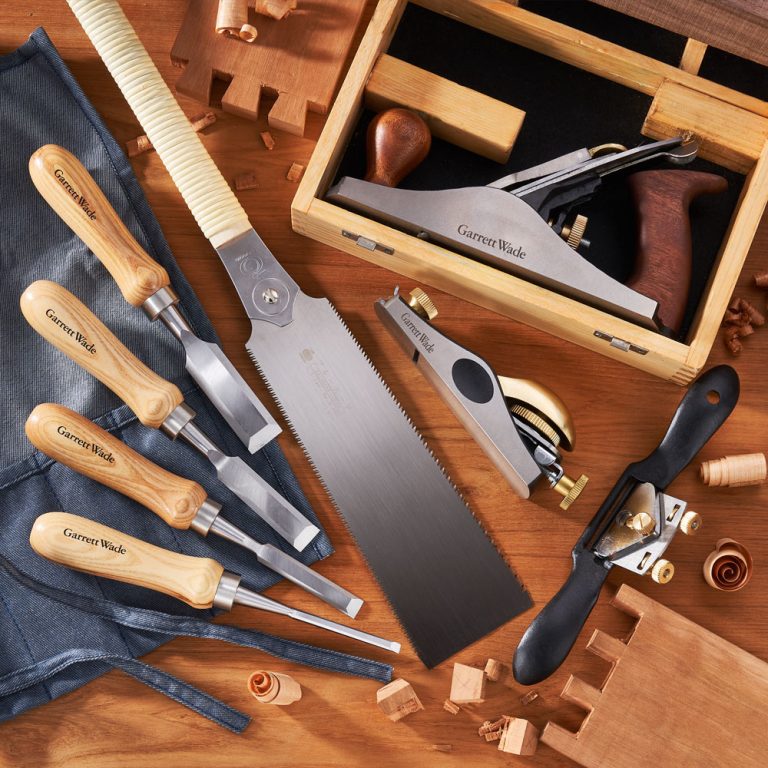The Fascinating World of Fans
Fan have captivated people for centuries. They serve many purposes, from cooling spaces to enhancing decor. The variety of designs and functionalities is impressive. Fans come in countless styles, each tailored for specific needs and preferences. This blog will explore the history, types, and significance of fans in our daily lives.
The Historical Impact of Fans
Historically, fans have played a vital role in diverse cultures. They date back to ancient civilizations, where they symbolized status and power. In ancient Egypt, fans were made from feathers and leaves. These fans signified wealth and social standing. Similarly, in Asia, folding fans became an essential accessory. They were used by both men and women. The artistry of crafting these fans became highly refined over time.
The evolution of fan designs is also noteworthy. They transitioned from simple tools to ornate works of art. In Europe, during the Renaissance period, fans became fashionable accessories. Wealthy women adorned themselves with intricately designed fans made from silk and lace. These items were not merely for cooling; they were fashion statements. This evolution reflects broader societal changes over time.
Modern fans maintain this blend of functionality and aesthetics. Different cultures still embrace fan usage, each with unique cultural significance. In tropical climates, fans provide much-needed relief from heat. In contrast, in colder regions, fans serve decorative roles. This duality highlights the versatility fans offer.

Types of Fans Available Today
Today, fans come in various forms. Ceiling fans are among the most popular. They circulate air effectively and provide energy-efficient cooling. Many homeowners choose ceiling fans for their practicality and aesthetic appeal. These fans often come with light fixtures, adding functionality.
Table fans are another common type. They are portable, making them ideal for individual spaces. Users can easily move them from room to room. Tower fans provide a sleek design and efficient airflow. This style suits modern interiors well.
Pedestal fans are also widely used. They offer adjustable height and direction, ensuring optimal airflow. Wall-mounted fans are perfect for saving space. These fans are especially useful in small rooms. Floor fans are effective for large areas, distributing cool air efficiently.
In recent years, smart fans have gained popularity. Equipped with Wi-Fi, users can control these fans remotely. This innovation enhances convenience and energy efficiency. Each fan type serves different needs. This variety allows users to select the perfect fan for their environment.
The Technological Advancements in Fans
Technological advancements have significantly impacted fan design and functionality. The introduction of energy-efficient motors is one key development. These motors greatly reduce electricity consumption. This contributes to lower energy bills and promotes environmental sustainability. Modern fans run quieter, enhancing user comfort.
Furthermore, integration with smart home systems is revolutionizing fan usage. Users can easily control settings through smartphones and virtual assistants. This innovation allows for personalized experiences and better energy management. Some innovative features include programmable timers and adjustable speeds. Additionally, various light settings enhance ambiance.
Remote control functionality makes modern fans even more user-friendly. This convenience allows users to adjust settings without leaving their seats. This feature proves invaluable, especially in larger rooms. Some models even include sensors that detect room temperature. This capability adjusts settings automatically for optimal comfort.
The design aesthetics of fans have also evolved. Contemporary fans incorporate stylish elements that complement modern home decor. Sleek finishes and unique blade designs add a touch of elegance. In this way, fans have transformed from simple appliances into stylish home accessories.

The Importance of Fan Maintenance
Regular maintenance is crucial for the longevity of any fan. Dust and debris can accumulate on blades and motors. This buildup decreases efficiency and can lead to overheating. Cleaning fans regularly can prevent such issues. Using a soft cloth or feather duster helps maintain cleanliness.
Moreover, checking the electrical connections is essential. Loose wires can pose safety hazards. Ensuring that all connections are secure promotes safety. Users should also inspect blades for warping or damage. Replacing damaged blades enhances both safety and performance.
Lubricating moving parts is another vital maintenance step. Proper lubrication reduces friction and noise. This process prolongs the lifespan of the fan. Additionally, tightening screws and bolts can prevent rattling noises. A well-maintained fan operates quietly and efficiently, providing optimal comfort.
Seasonal maintenance checks are highly recommended. Before the summer heat, users should inspect their fans. Ensuring everything is in working order prepares them for increased use. Regular maintenance not only enhances performance but also ensures safety for all users.
Fans and Their Cultural Significance
Fans hold significant cultural meanings in various societies. In many Asian cultures, fans symbolize grace and femininity. They are often featured in traditional dances and ceremonies. Moreover, fans are used in art forms, representing storytelling and traditions.
Additionally, in Western cultures, fans were crucial during social gatherings. They conveyed emotions and courtship signals. For instance, different fan placements signaled various messages among women. This subtle form of communication played a significant role in social interactions.
In African cultures, fans also carry symbolic meanings. They are often used in ceremonial settings, representing rank and importance. Traditional fans may feature vibrant colors and unique designs, showcasing cultural heritage. The craftsmanship in these fans highlights the artistic talent in these communities.
Furthermore, fans are integral to celebrations and festivals worldwide. Parades often feature large, decorative fans. These fans visually enhance festivities and symbolize joy. This cultural significance reinforces the idea that fans are more than just functional objects. They embody the creativity and values of the societies that use them.

How Fans Enhance Indoor Comfort
Fans significantly enhance indoor comfort in various environments. They create a gentle breeze, making spaces feel cooler during hot weather. This effect can sometimes eliminate the need for air conditioning. Using fans is also more energy-efficient, reducing electricity bills.
Moreover, fans improve air circulation and reduce humidity. This aspect is especially beneficial in humid climates. Proper air circulation prevents mold and mildew growth. Thus, fans contribute to maintaining a healthy living environment.
In office settings, fans can enhance productivity. A comfortable working environment promotes focus and efficiency. Colder air encourages alertness, reducing fatigue. Additionally, fans create a pleasant ambiance, making spaces inviting. This impact fosters a positive atmosphere among employees and clients.
Furthermore, fans can also assist in heating during winter. By operating ceiling fans in reverse, warm air circulates evenly. This process improves heating efficiency and comforts residents during cold months. A fan can thus play a year-round role in maintaining indoor comfort.
Eco-Friendly Options in Fan Technology
The increasing awareness of environmental issues has led to the development of eco-friendly fans. Manufacturers are now prioritizing sustainability in fan production. They use materials and processes that minimize environmental impact. This shift reflects the changing attitudes toward energy consumption.
Energy-efficient fan models consume less electricity. They often feature advanced motors and optimal designs. As a result, these fans help reduce carbon footprints. This energy efficiency translates to significant cost savings for consumers.
Moreover, many eco-friendly fans incorporate recyclable materials. Utilizing sustainable resources reduces waste and encourages environmental responsibility. Some brands even provide recycling programs for old fans. This commitment to sustainability resonates with eco-conscious consumers.
In addition, there are fans designed specifically for outdoor use. These fans often feature weather-resistant materials. They provide comfort in outdoor spaces while maintaining energy efficiency. The outdoor fan options complete the eco-friendly lifestyle, enhancing enjoyment of nature.

The Future of Fan Technology
The future of fan technology looks promising, driven by innovation and trends. Designs will become increasingly sophisticated, incorporating smart technology. Expect to see more advanced features in smart fans. Integration with smart home systems will become standard. Users will enjoy seamless control over various fan settings.
Furthermore, the demand for energy-efficient appliances will continue to rise. Manufacturers will develop even more efficient fan models. These fans will not only save energy but also enhance performance. Additionally, advances in blade technology will improve airflow and reduce noise.
Moreover, aesthetic designs will play a crucial role in fan evolution. Fans will transform into statement pieces that elevate interior decor. New materials and finishes will offer unique visual appeal. Designers will continue to push boundaries, ensuring fans reflect current trends.
Finally, increased awareness of environmental issues will shape production practices. Sustainable materials and methods will guide the industry’s direction. As consumers prioritize eco-friendliness, brands must adapt. This commitment will promote a brighter future for fans and their users.
Conclusion: The Everlasting Appeal of Fans
Fans are indispensable tools in modern living. Their versatility and functionality are invaluable, providing comfort year-round. From historical significance to cultural symbolism, fans hold unique places in societies globally. Their impact transcends mere utility, reflecting creativity and craftsmanship.
As technology advances, fans will continue to evolve. Enhanced functionalities will meet the demands of contemporary lifestyles. Eco-friendly practices will promote sustainability, ensuring fans remain relevant. This evolution demonstrates a commitment to innovation and environmental responsibility.
In summary, fans unite practicality and artistry in profound ways. They serve essential functions while expressing cultural values. Whether used in homes, workplaces, or events, fans create enjoyable atmospheres. Their enduring appeal will ensure they remain crucial in the years to come.







